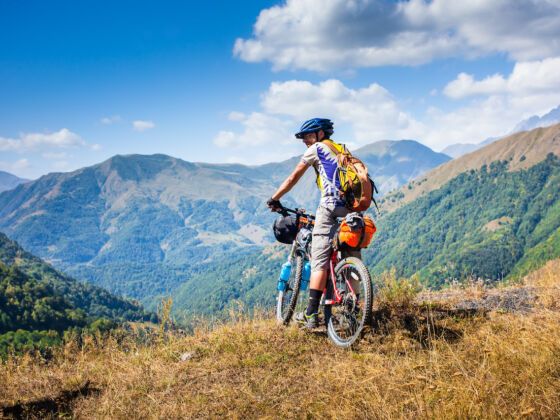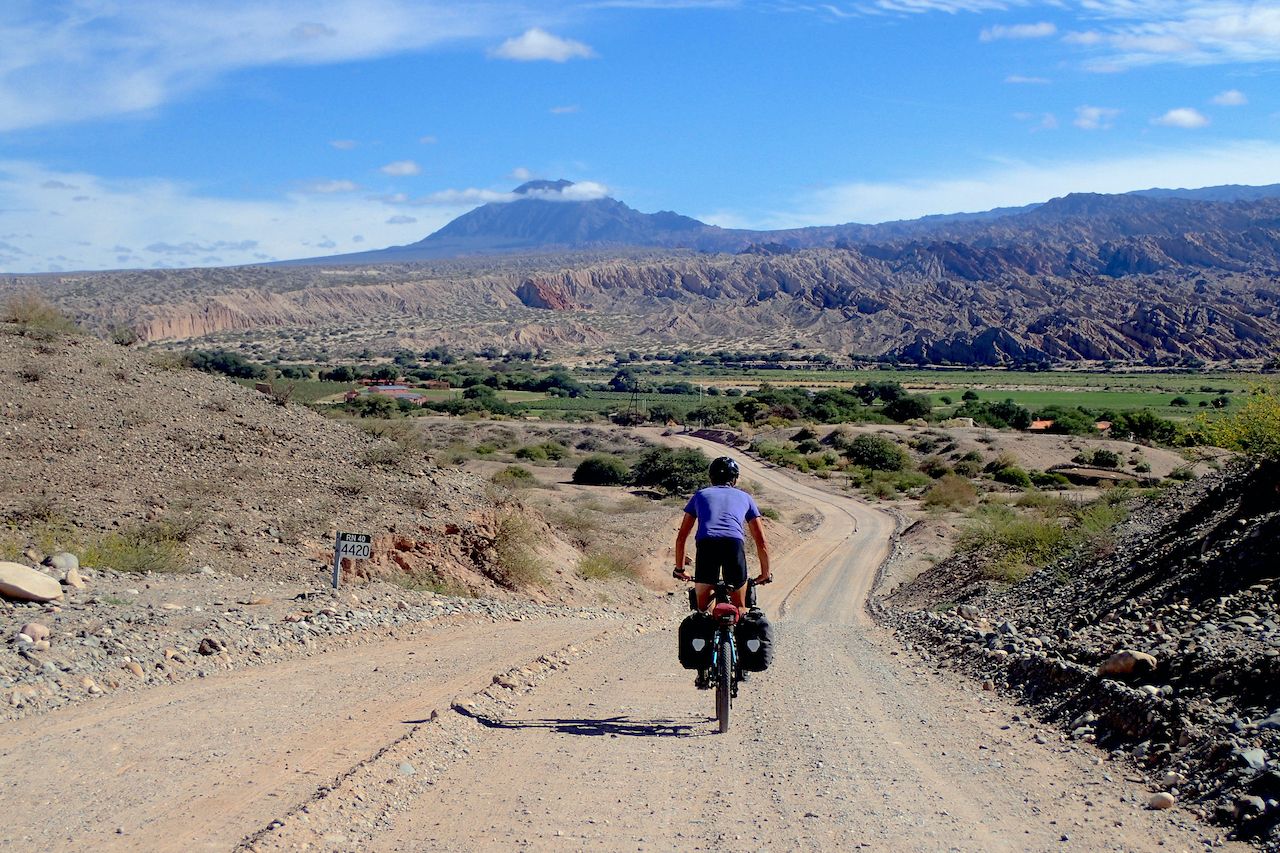The term “bikepacking” is a play on “bicycle touring” and “backpacking.” It’s an improvement on both. The simple fact that you’re on a mountain bike frees you from the need to stay on asphalt and opens an entire world of possibilities that road cyclists can only stare at from a distance. And cycling is far more efficient than walking as a means of covering ground.
On the first weekend of autumn, I embarked on my first bikepacking trip. The route from my house in Palisade, CO, took me 43 miles across the mostly-paved Colorado River Trail along with stretches on gravel trail, singletrack, and road to Highline Lake State Park. I camped there. In the morning I rode the park’s singletrack trail system and backcountry roads before joining the Loma-Fruita Bikeway and eventually the Colorado River Trail back toward Palisade. Here’s what I learned from the experience, and here’s what you need to know to make your first bikepacking trip as smooth as possible.




